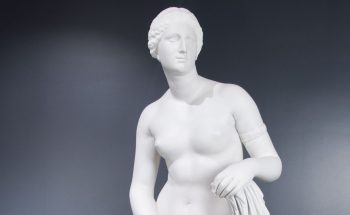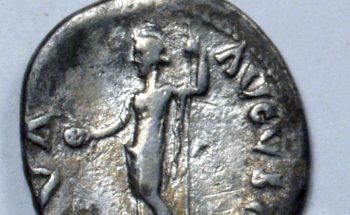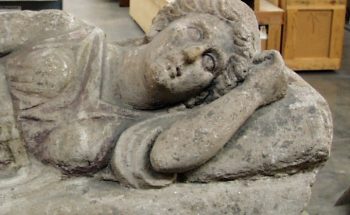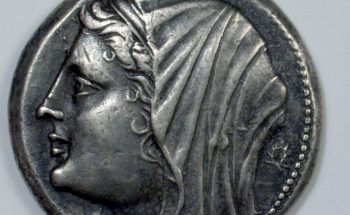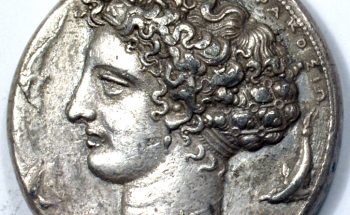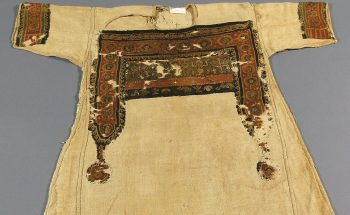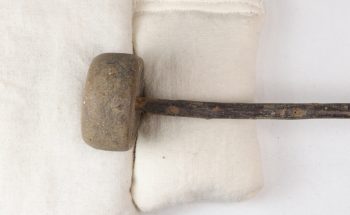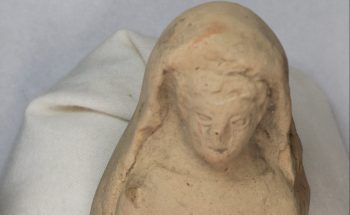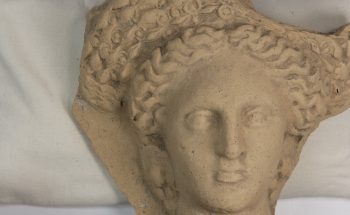Taming Woman’s Seductive Power
This pin was used to keep in place, decorate and sculpt a woman’s hair. In the ancient Mediterranean, hair was one of women’s most noticeable and symbolic physical assets. Undone and loose hair was seen as seductive and morally corrupt. However, if a woman had her hair combed, styled and well kept, this meant that she was a woman of dignity and femininity. While ordinary hair pins would have been mostly wooden or made of bone, this particular pin is carved out of elephant ivory, which is more expensive, durable and likely used for special occasions.
-Emma Kim
- View the next object
- Return to the main page of the exhibit
- Or follow one of the links below to continue.


